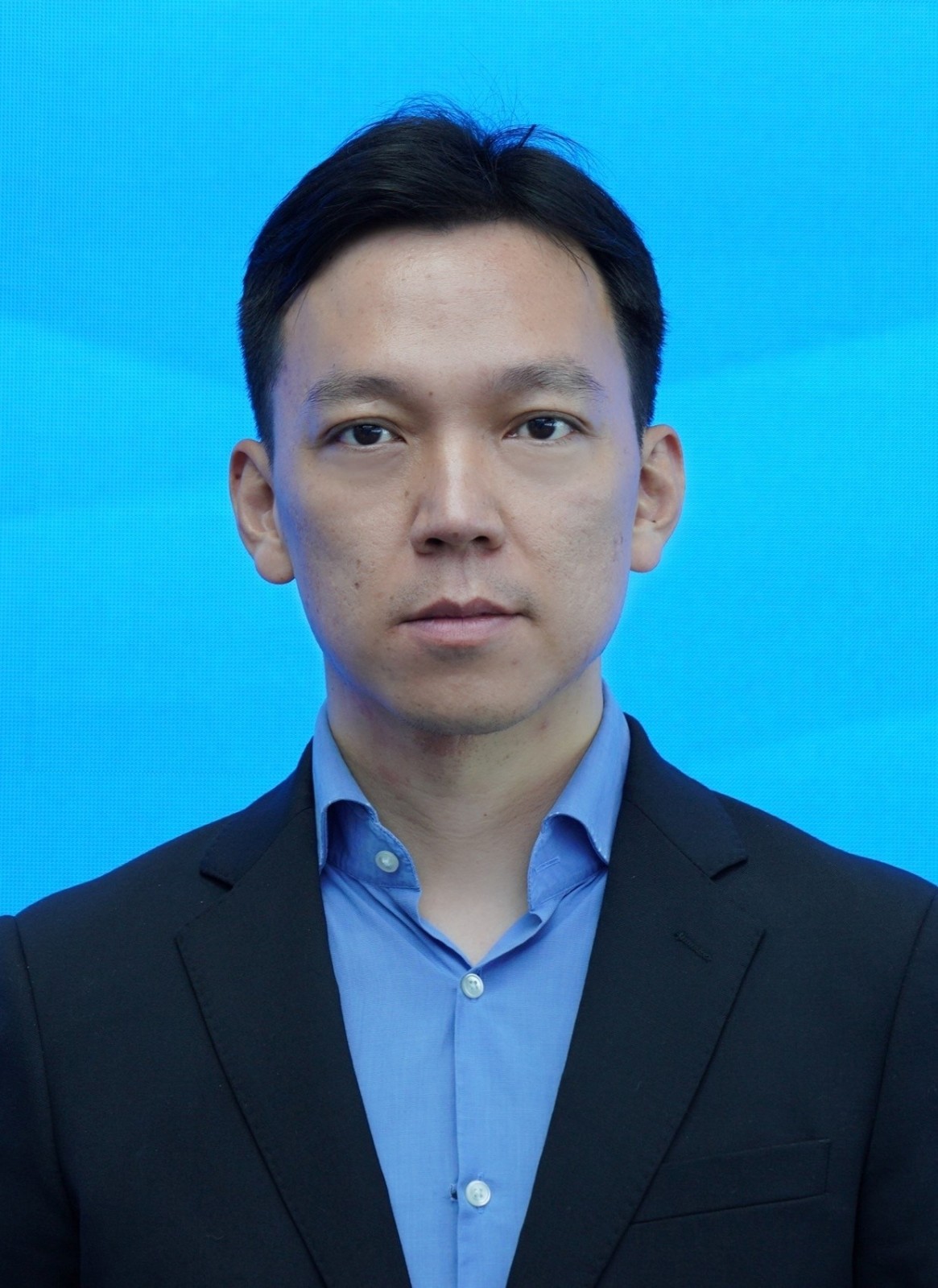

Prof. Zhaocheng Wang, Tsinghua University, China
(IEEE& IET Fellow) (科睿唯安(Web of Science)全球高被引学者)
王昭诚,教授,清华大学
Zhaocheng Wang, a professor and doctoral supervisor at Tsinghua University, was honored with an IEEE Fellow in 2021. Throughout his career, Prof. Wang has dedicated himself to pioneering research in fields such as AI-enabled wireless communications, millimeter-wave/terahertz communications, and visible light communications, supporting applications like high-definition video, virtual reality, and holographic imaging. Prof. Wang has undertaken projects under the 973 Program, 863 Program, and National Natural Science Foundation of China, as well as collaborative projects with industry partners, including Huawei, ZTE, Sony, NTT DoCoMo, OPPO, and Qualcomm. He holds 51 authorized patents in Europe and the United States (with 23 as the first inventor) and 45 authorized patents in China, many of which have been adopted by international standards (according to an independent third-party assessment by the PatSnap website, the total estimated value of 12 representative authorized patents is approximately 200 million Chinese yuan). Prof. Wang has published over 180 SCI-indexed papers in prestigious journals such as the IEEE Journal of Selected Areas in Communications, with over 8,500 citations on Web of Science and over 15,000 citations on Google Scholar, earning him the status of a Highly Cited Researcher by Clarivate Analytics (Web of Science). He has authored two English monographs published by Wiley, which have been included in the IEEE Press Series on Digital and Mobile Communications. Additionally, Prof. Wang has received numerous accolades, including the First Prize of the National Award for Science and Technology Progress, the First Prize of Science and Technology Award by the China Institute of Electronics, the First Prize of the Guangdong Science and Technology Award, the First Prize of the Chongqing Science and Technology Award, the First Prize of the Beijing Science and Technology Award, the Best Paper Award from the IEEE Journal on Selected Areas in Communications, the Asia-Pacific Outstanding Paper Award from the IEEE Communications Society, the Best Paper Award from the IEEE Transactions on Broadcasting, the Best Paper Award from Electronics Letters, and multiple Best Paper Awards at international conferences.

Prof. Rongrong Ji, Xiamen University, China
(IEEE & ACM Senior Member) (H-index: 81)
纪荣嵘,教授,厦门大学
Prof. Rongrong Ji, his research falls in the field of computer vision, multimedia, and machine learning. His scholarly work mainly focuses on leveraging big data to build computer systems to understand visual scenes and human behaviors, inferring the semantics and retrieving instances for various emerging applications. He interests include compact visual descriptor, social media sentiment analysis, and holistic scene understanding, model compression and acceleration recently. He has published over a hundred papers papers in tier-1 journal and conferences like PAMI, IJCV, TIP, CVPR, ICCV, IJCAI, AAAI and ACM Multimedia. His work has been cited over 28,000 times in Google Scholar.
Prof. Rongrong Ji is an associate editors in Neurocomputing, Multimedia Tools and Applications, The Visual Computer, PLOS ONE, Frontiers of Computer Science etc., guest editors in ACM Transactions on Intelligent Systems and Technology, IEEE Multimedia Magazine, Signal Processing, Neurocomputing etc., General Chair of VALSE (Vision And Learning Seminar) 2017, Local/Session/Area Chairs in IEEE MMSP 2015, ACM ICMR 2014, IEEE VCIP 2014, ACM MMM 2015, IEEE ISM 2015 etc. TPC Members in AAAI 2015, CVPR 2013, ICCV 2013, ACM Multimedia 2010-2015 etc. He has been a Senior Member of IEEE (2014-now), Senior Member of ACM (2015-now), Chair of VAIG Group for IEEE Multimedia Communication Technical Committee (MMTC) (2014-2016), Member of ACM, Chair of CCF YOCSEF Xiamen (2016-2017), and Executive Member of Fujian Association of Artificial Intelligence. He has also served as General Chair for various conferences, including VALSE 2017, PRCV 2023, CCIG 2024. He holds multiple roles in academic committees, including being the Co-Chair for the National Standards Working Group for Artificial Intelligence in China.
In the past decade, Prof. Rongrong Ji and his collaborators have developed some of the state-of-the-art mobile visual search systems and social multimedia analytics tools, with top performances in the MPEG Compact Descriptor for Visual Search (CDVS) standard evaluations. His work has also been recognized by ACM Multimedia 2011 Best Paper Award, Microsoft Fellowship 2007, and Best Thesis Award of Harbin Institute of Technology. His research has been supported by government agencies like National Science Foundation of China. And he is the recipient of the National Science Foundation for Excellent Young Scholars (2014) and National Science Foundation for Distinguished Young Scholars (2022). His research has also been supported by major government projects such as the Ministry of Science and Technology Innovation 2030 Major Project, Military Science and Technology Foundation Projects, National Natural Science Foundation of China, and others.
Prof. Rongrong Ji has won several awards, including Doctoral Consortium Award, CVPR, 2010; The IEEE SA Emerging Technology Award, 2022; Outstanding Contribution to Standard of IEEE 2941;Fok Ying Tung Young Scientist Award, 2022;Ministry of Education Technology Invention Award, 2017; Ministry of Education Technology Invention Award, 2022;Fujian Provincial Science and Technology Progress Award, 2019; Fujian Province Science and Technology Progress Award, 2022;Fujian Province Science and Technology Progress Award, 2023; Xiamen Science and Technology Progress Award, 2021; Henan Province Science and Technology Progress Award, 2022; Heilongjiang Provincial Natural Science Award, 2015.

Prof. Jemal H. Abawajy, Deakin University, Australia
(IEEE Senior Member) (H-index: 60)
Jemal H. Abawajy (Senior Member, IEEE) is currently a Full Professor with the Deakin University, Australia. His leadership is extensive spanning industrial, academic, and professional areas. He is also the Director of the Distribution System Security (DSS). He has been actively involved in the organization of more than 200 national and international conferences, including the chair, the general co-chair, the vice-chair, the best paper award chair, the publication chair, the session chair, and a program committee member. He is also actively involved in funded research supervising, a large number of Ph.D. students, postdoctoral researchers, research assistants, and visiting scholars, in the area of cloud computing, big data, network and system security, and e-health. He is the author/coauthor of five books and ten conference volumes, and more than 250 referenced articles in conferences, book chapters, and journals. He is a Senior Member of the IEEE Technical Committee on Scalable Computing (TCSC), the IEEE Technical Committee on Dependable Computing and Fault Tolerance, and the IEEE Communication Society. He served on the editorial board for numerous international journals.
